26 Apr Your Complete Guide Through The Remarkable World Of Tea
How many types of tea are out there, we hear you ask. Well, it may be more than you think.
First of all, let’s talk about camellia sinensis – the plant that so generously gives us its leaves to make tasty tea.
camellia sinensis varieties
It’s rather important to note that like with any other plant, there are lots of different cultivars of Camellia Sinensis, which of course impacts the taste of the tea.
In fact, according to TeaClass, there are over 1,500 cultivars, most of which derive from these two famous varieties:
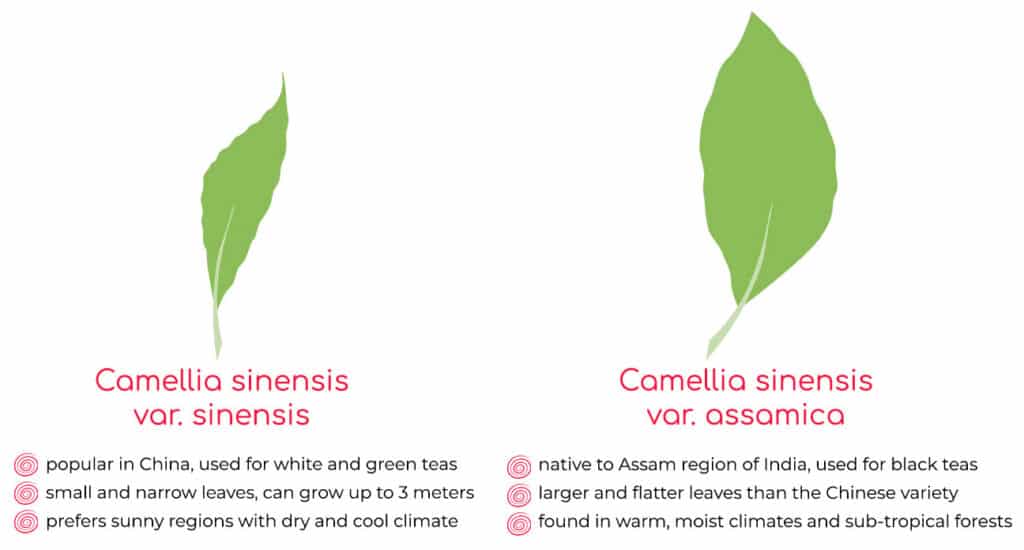
There is a third variety called Camellia sinensis cambodiensis, but it’s not typically used for tea production.
The leaves of Camellia Sinensis can be used to produce 6 main tea types – White, Yellow, Green, Oolong, Black and Pu Erh.
white
White tea is the least processed and the most delicate tea type, harvested while the leaves are still young buds covered with fine white hairs.
Read more: Everything You Need to Know About White Tea
yellow
Yellow tea is very rare. It undergoes a process known as sealed yellowing, which includes wrapping wet leaves in moist towels and storing then for 48 hours. This labour intensive process is then repeated several times.
green
For Green tea, once plucked and withered, the tea leaves are then quickly pan fired or steamed to stop the oxidation process.
Want to learn more about loose leaf tea? Sign up to our free 5 day email course.
oolong
Oolong is a semi-oxidised tea, which sits between green and black tea types, depending on the duration of the oxidation process.
Learn more about the oolong tea type, its legends and the famous oolong varieties here.
black
Also known as Red tea in China, Black tea is fully oxidised, which gives it a strong and rich flavour. It accounts for 90% of all tea sold in the West.
Read more: How to brew loose leaf tea properly.
pu erh
Often sold in compressed bricks, Pu erh goes through a microbial fermentation process, causing the leaves to gain a unique flavour, which improves with age.
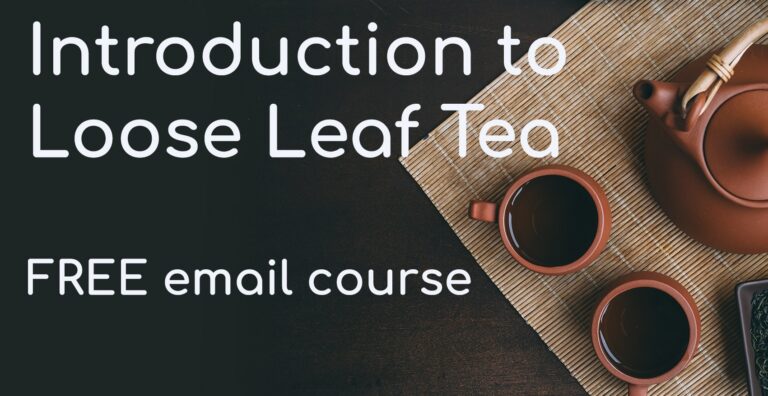
other common “tea types”
Now that we’ve covered the basics, let’s explore some more exciting stuff. There are some varieties and blends that can’t really be considered as “types”, but they’re so famous that in our view, they deserve to be seen as categories of their own.
matcha
For example matcha is generally considered to be green tea, but it’s so different in taste, look and preparation method, that we’d like to dedicate to it a special section of its own.
blooming tea
You could also give blooming teas their own category, as they’re so unique in their look and require a lot of craftsmanship (although technically it should be considered a blend).
fruit tea
According to HealthLine dried fruit has almost as many vitamins as fresh fruit. It is often used in blends as well as steeped on its own.
Learn about health benefits of fruit tisanes here: The Summer Feels of Fruit Tisanes
rooibos
Not many people know that this incredible shrub only grows in a very small region of South Africa. Most of you would have tried the popular red rooibos tea, but did you know that there is also a green rooibos tea version?
yerba mate
This South American “coffee substitute” is drunk in a traditional gourd with bombilla and often shared with friends. It’s supposed to give you an energy boost without the dreaded jitters.
Intrigued? Then check out: All You Need to Know About Yerba Mate
chai
This popular warming blend of tea and spices originates from India and is traditionally prepared with milk. Everyone knows chai, but not many people realise that there are tons of varieties, depending on the mixture of teas and spices!
Love chai? Then check out 9 Unusual Chai Recipes You Have to Try.
herbal
This is by far the biggest category as it includes any herbs you can steep and consume as tea. Most herbal tisane don’t contain caffeine. Herbal teas can be made out of dried flowers, roots, stems or leaves and majority of them have medicinal properties. We’ve counted over 200 well known and commonly steeped varieties, so just imagine how many possible variations of herbal blends there are!
become a teapro with us
There are so many teas to explore and you won’t know if you like them until you try them. Our only advice – make sure to try good quality teas. The first time we tried matcha in a coffee shop, we were really put off by the taste – couldn’t even finish the cup and that says something as we never ever leave our teas undrunk! It wasn’t until a year afterwards that we gave matcha another try and were pleasantly surprised about the taste! It was a great lesson for us on how much the quality of the tea affects the taste. That’s why we put a lot of time and effort into finding the best quality loose leaf teas for our boxes.
our tea discovery journey
Here is the tea journey we’ll be taking over the next few months. Whether you’re a tea novice or an expert, we hope you’ll find the teapro experience enriching and exciting. You can join our tea adventure today by ordering the upcoming tea box!
tea sticker album
To keep up with your tea adventures, you will receive a tea sticker album in your first box. That way, every time you’ve mastered a particular tea type, you can celebrate by adding another sticker to your album!
Which of these tea types are you most familiar with and which ones have you never tried before? Leave your answers in the comments!

Teapro co-founder. Favourite tea - Long Jing Dragon Well Green Tea. Obsessed with film, photography and travelling.


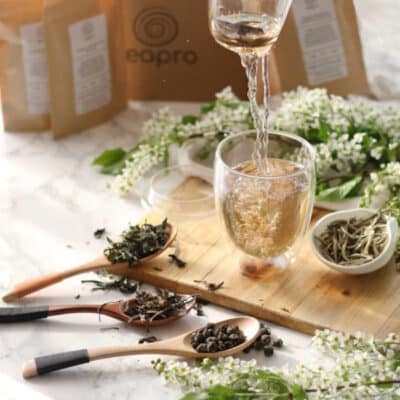
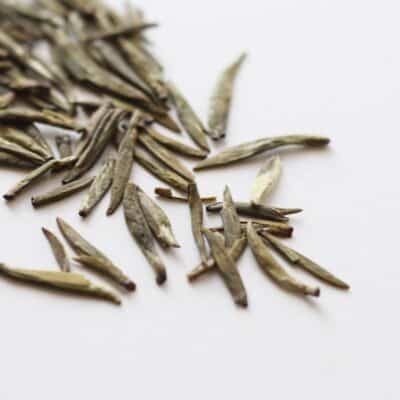
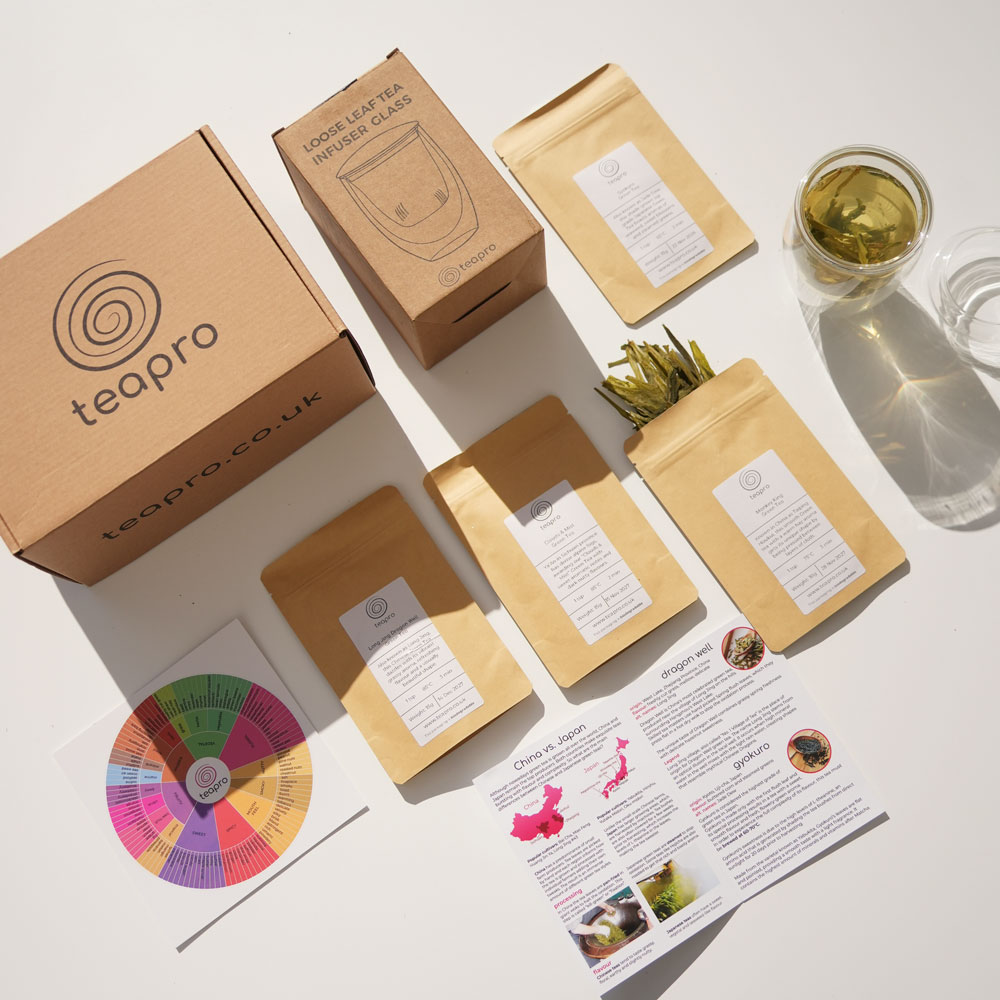

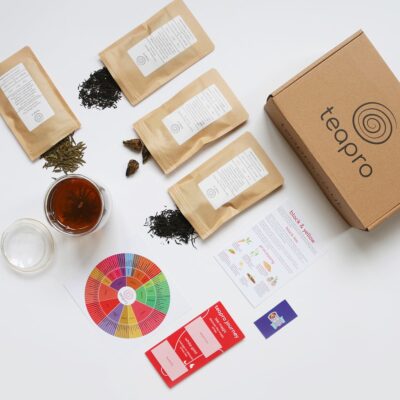
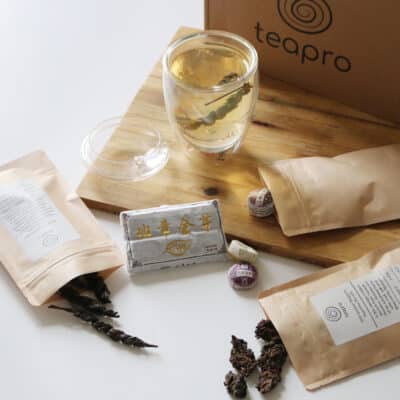
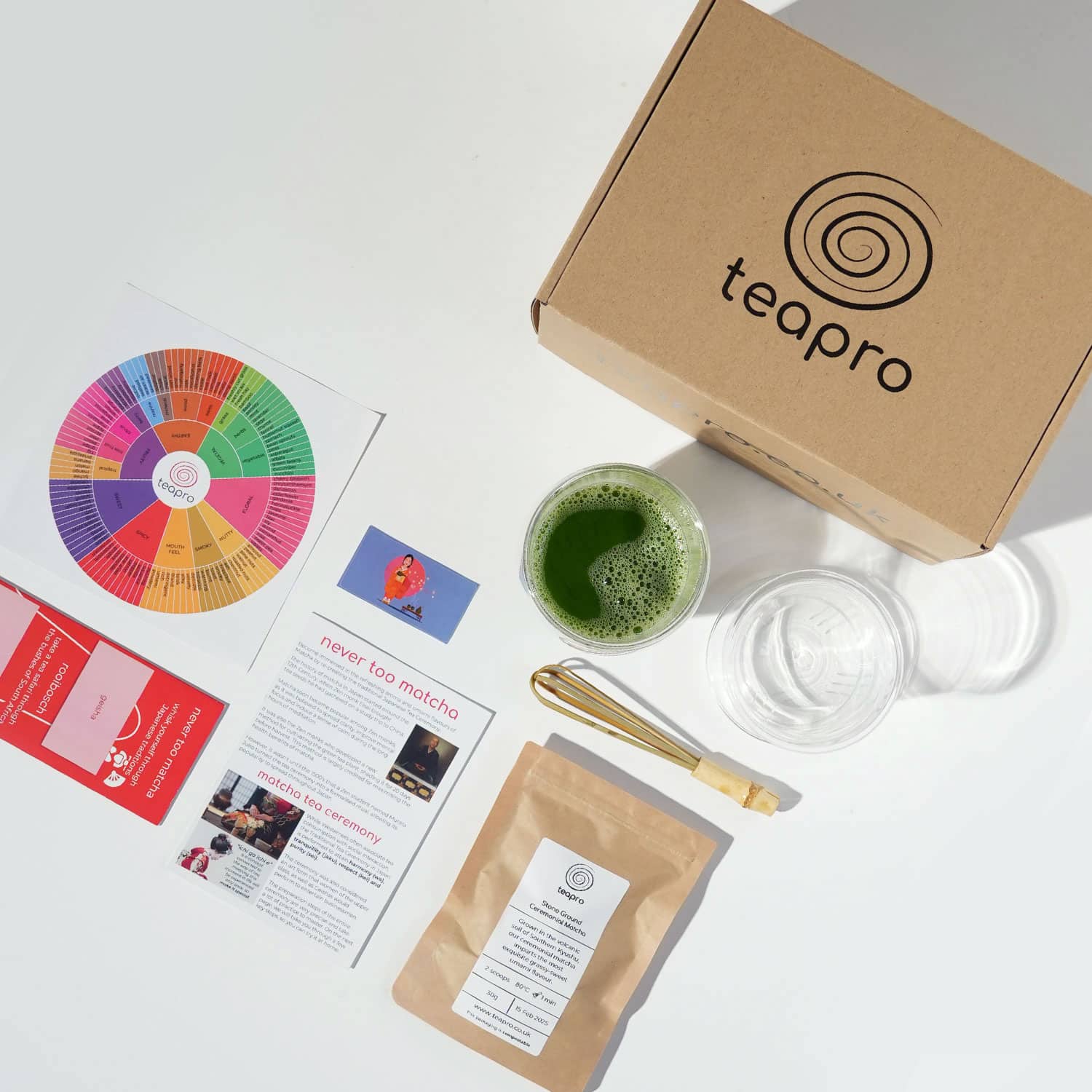
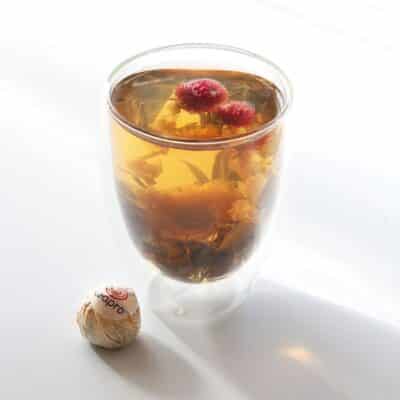
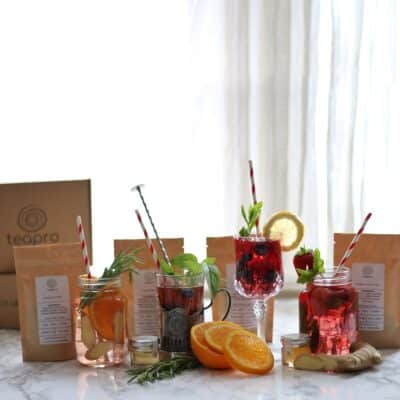
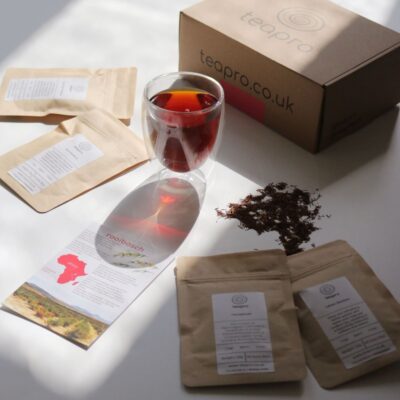
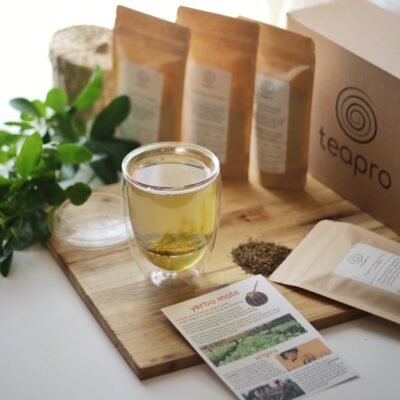
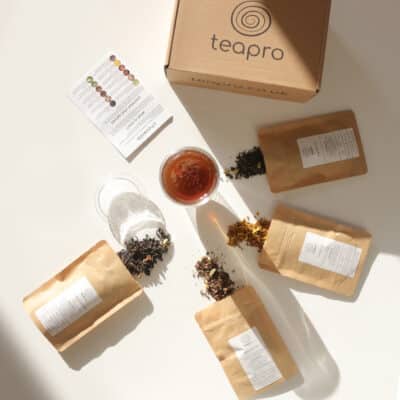
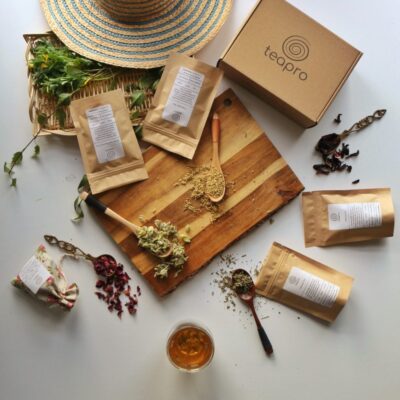
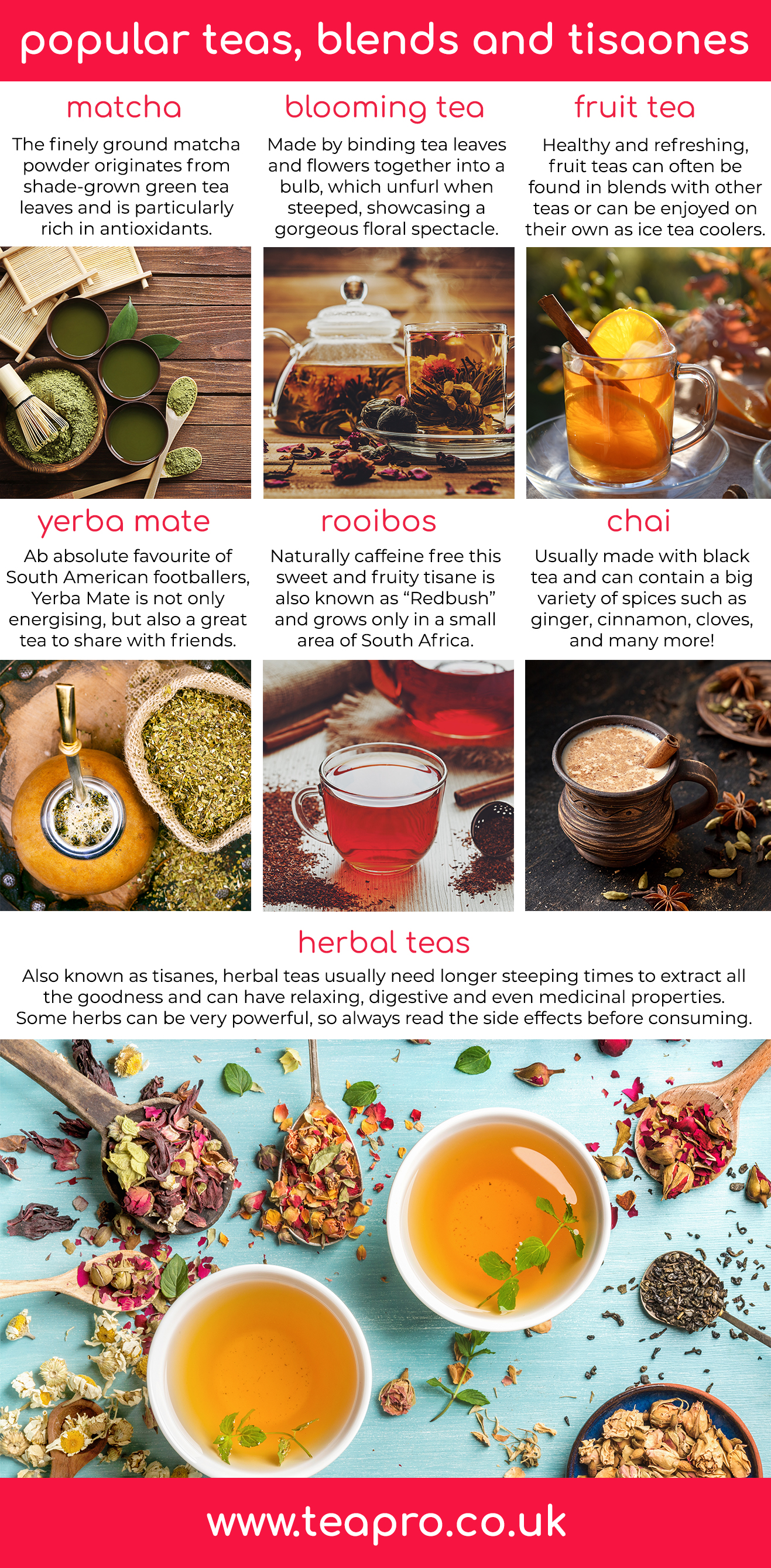
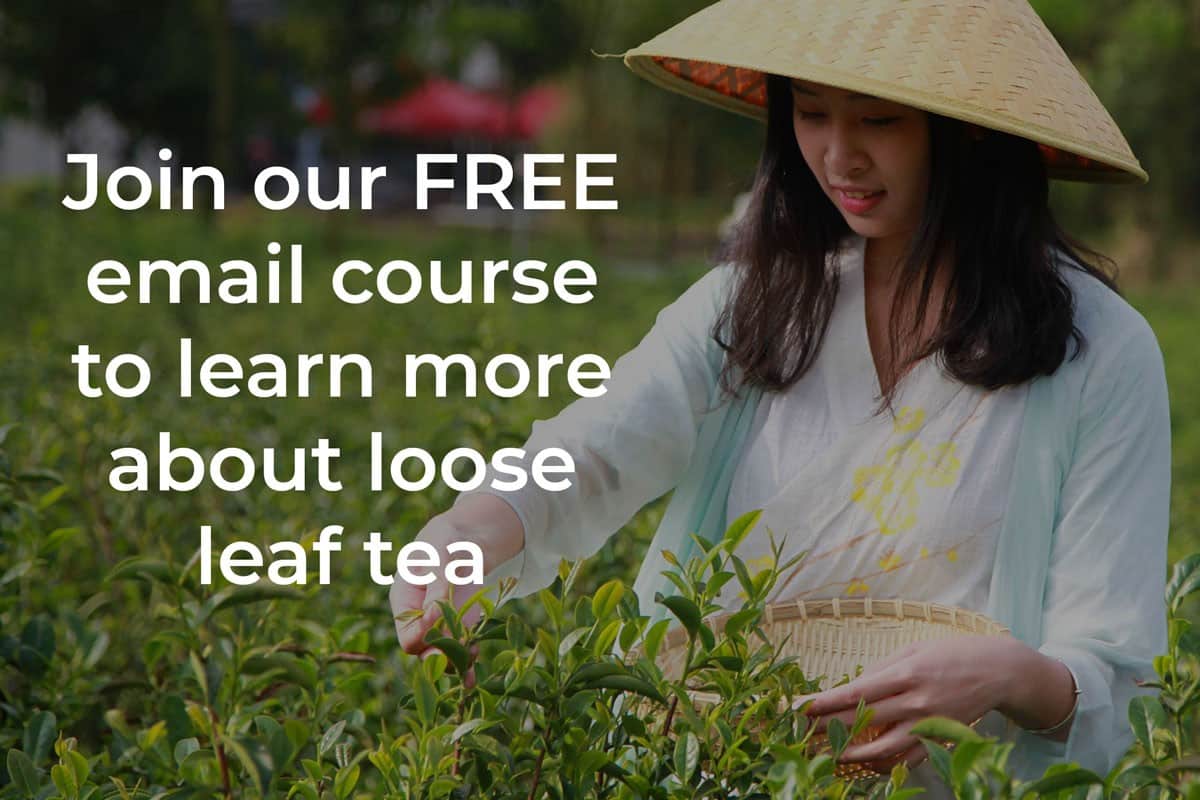
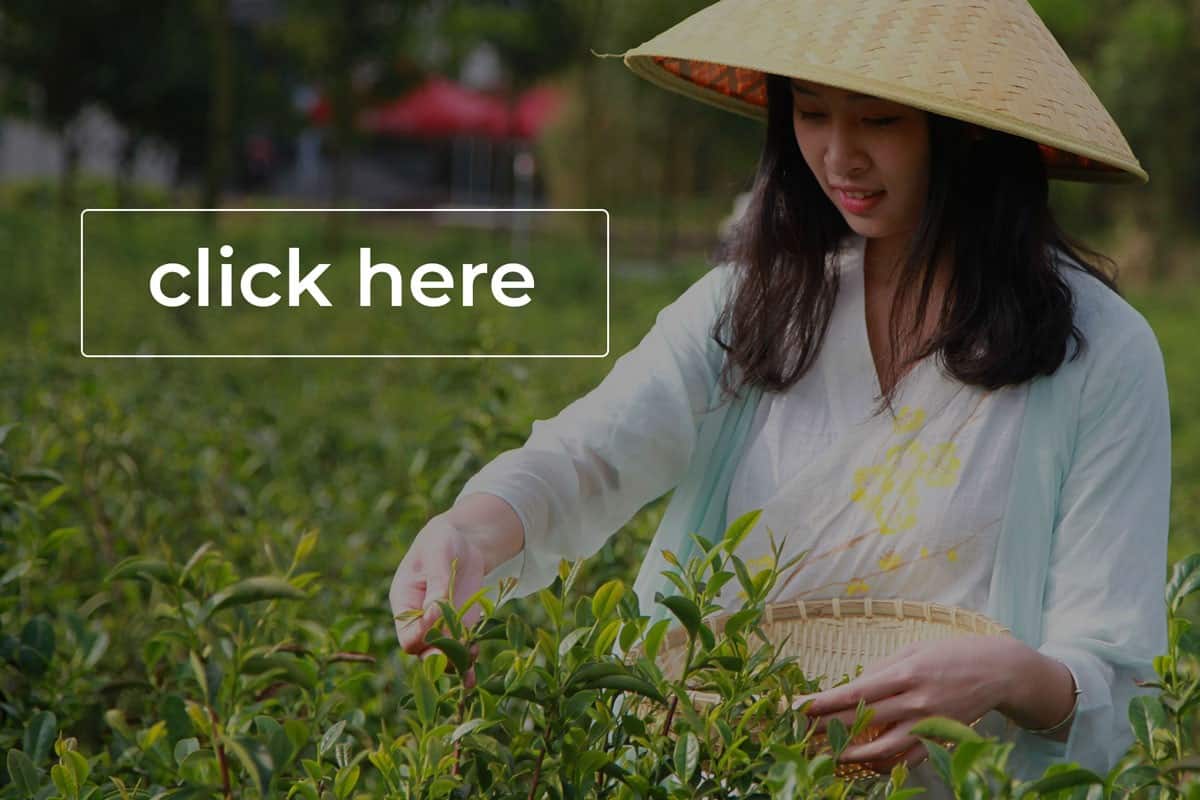

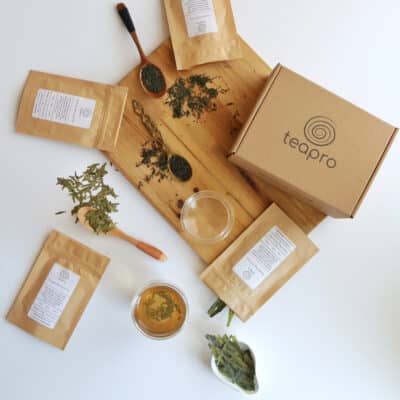
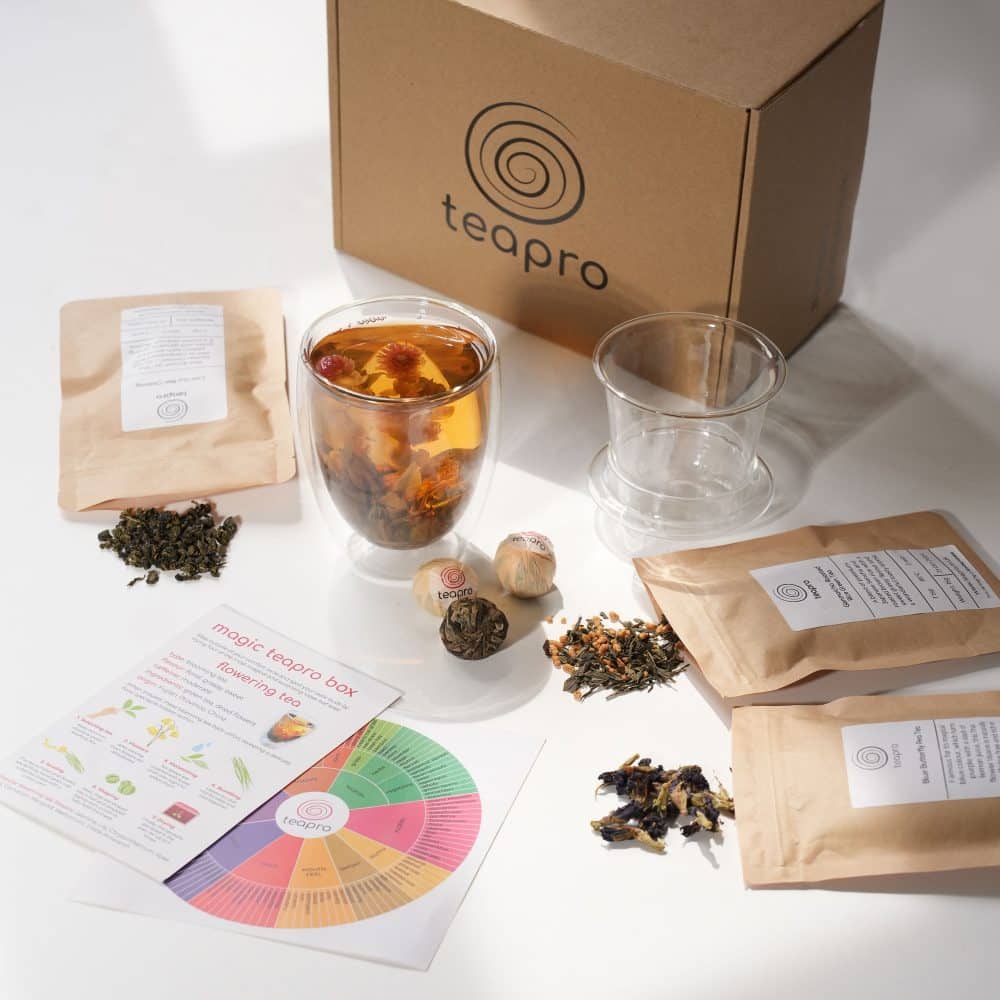


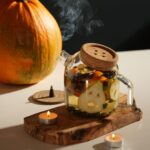
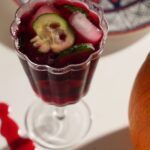


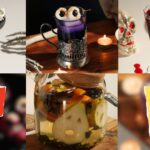
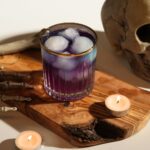
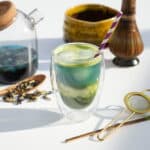


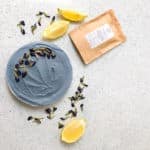
fitoru
Posted at 04:02h, 31 Decemberthanks to this article. Your blog is really excellent and worth a read.